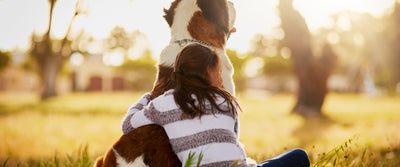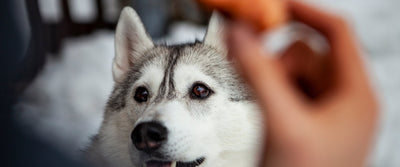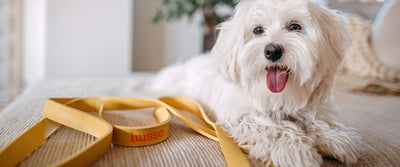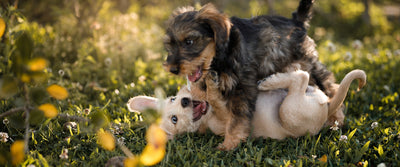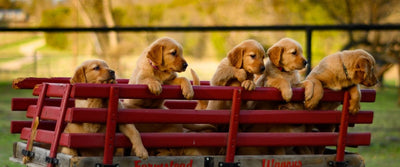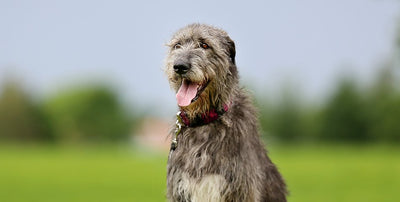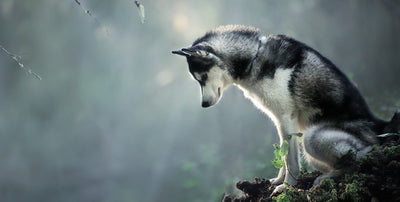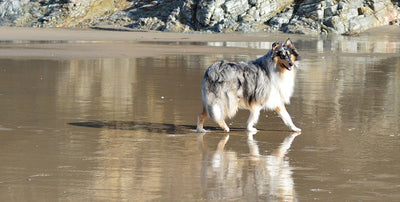Mellow, calm and great with children
Bulldog often referred to as British Bulldog or English Bulldog, is a medium-sized dog breed. Bulldogs are strongly associated with British culture, with their face being the universal symbol of courage and tenacity.
 Country of origin: Country of origin: |
England |
 FCI group: FCI group: |
Group 2, Section 2.1 Molossian: Mastiff type #149 |
 Temperament: Temperament: |
Docile, Willful, Friendly, Gregarious |
 Colors: Colors: |
White, Fawn, Piebald, Fawn & White, Brindle & White, Red & White, Red Brindle, Red |
 Weight: Weight: |
Female: 18–23 kg, Male: 23–25 kg |
 Height: Height: |
Female: 31–40 cm, Male: 31–40 cm |
 Life expectancy: Life expectancy: |
from 8 to 10 years |
English Bulldog puppies
Bulldogs natural instinct is to submit to the leader of the pack - you have to establish this position for yourself as early as possible. Early socialisation of your Bulldog will ensure proper behaviour with people and other animals in the future. This dog breed loves chewing, so you should always provide your Bulldog with a quality chew toy, like Tugg Plus from Husse range that is 100% natural and helps with mechanical tooth cleaning. Bulldogs love to play tug-of-war, which can be a great way to teach your puppy to release whatever is in his mouth on command. Bulldog puppies are quite active eaters and can gain weight easily - you should always monitor the weight of your puppy. Since they need relatively large amounts of food for their growing bodies, it is advised to slip the recommended food amount into several smaller meals. As puppies have small stomachs providing high-quality food that is rich in nutrients is the best choice - since a smaller volume of feed will provide your puppy with every component needed for healthy development. Valp Plus will work great for puppies of this breed.

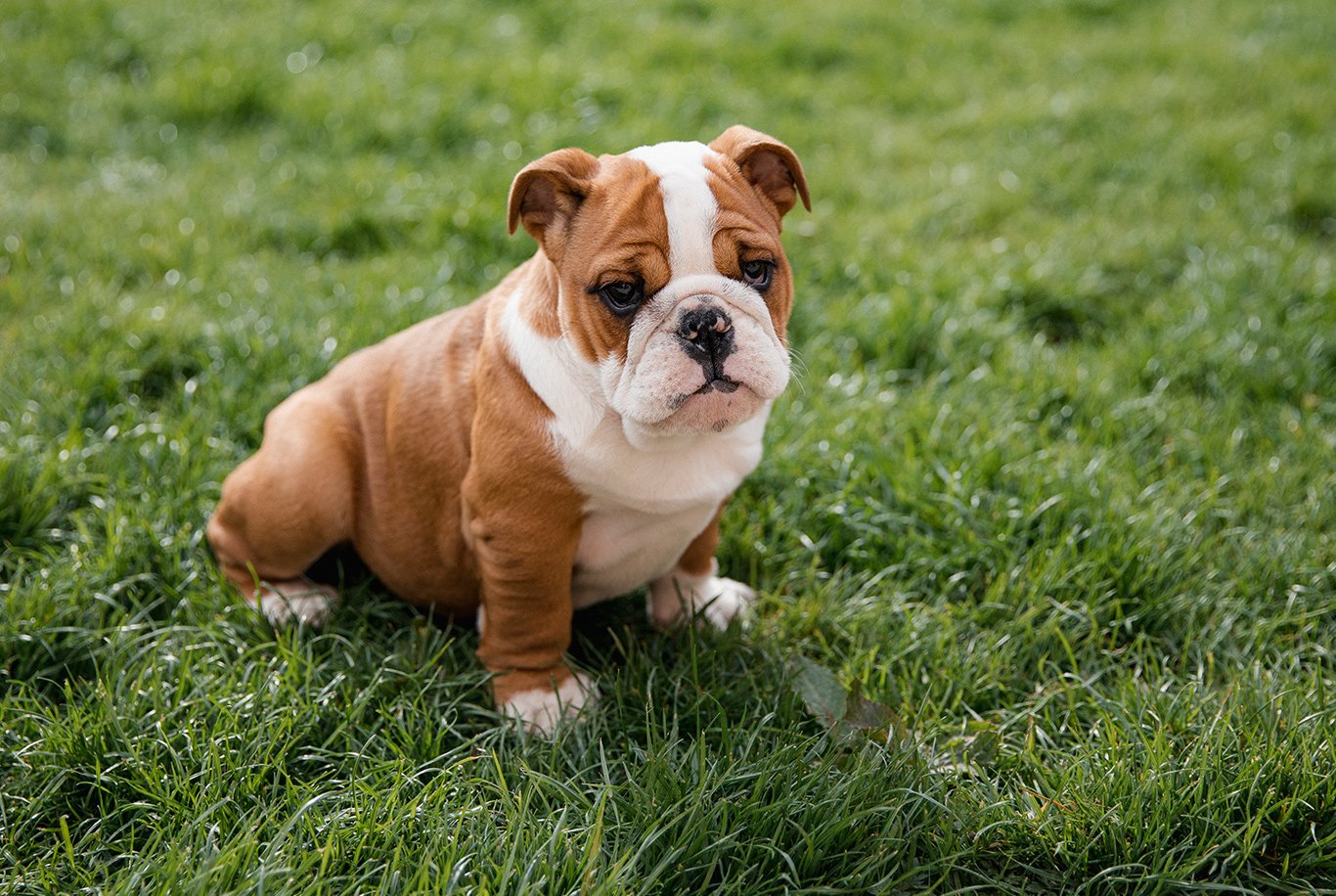
Bulldog’s nutrition
Well-balanced and a high-quality diet is vital to your dog’s health and overall good condition. Since Bulldogs are fond eaters, they can gain weight rather quickly. Ad libitum feeding may not be the greatest solution with this breed - it is better to feed your dog two meals a day instead. Always feed the recommended amounts - either consult your veterinarian or refer to food amount recommendations on the packaging. Feed the diet appropriate to your dog’s age and size. For an adult Bulldog Husse Optimal, a feed aimed specifically at medium size dog breeds will be suitable. Since Bulldogs enjoy chewing, supplying their diet with chewable treats such as Tandrep Plus, Dental or Tugg Plus from Husse can help with curbing your dogs' need to chew.
Detailed description of Bulldog
Bulldogs are a medium-sized dog breed with an unmistakable face with furrowed brows and loose skin. Despite their roots of bull-baiting, this breed makes for a great companion that builds particularly strong bonds with children.
Genesis
Bulldogs have a long history, with the first reference dating back to the 17th century. This dog breed was used widely for bull baiting, hence the “bull” part of the name. Bulldogs developed their stocky bodies, massive heads and strong jaws as a result. When England banned blood sports with animals in 1835, pit-dog fighting in cellars began, which led to crossing Bulldogs with various types of terriers to achieve a more lively and agile dog. Bulldog admirers then started the process of transforming this breed into a companion, improving both the looks and character of the animal. In 1886 Bulldog was recognized by the American Kennel Club. From this point on, Bulldog became one of the most popular dog breeds often seen as a mascot. Bulldog is the official mascot of the United States Marine Corps, with many bases having their own mascot on site.
Appearance
Bulldog is a muscular, hefty dog with a wrinkled face and a distinctive pushed-in nose. This breed has wide heads with strongly pronounced mandibular prognathism, small ears that fold inwards creating a shape known as “rose ear”. They have thick skin folds on the brows, one called rope or nose roll on their short muzzle as well as drooping lips and an underbite. Bulldogs have also hanging skin under the neck, wide chest, a particularly wide stance and sturdy limbs. They have a naturally short tail that is either straight or screwed. This breed has a smooth and short coat that can be red, white, fawn, or brindle.
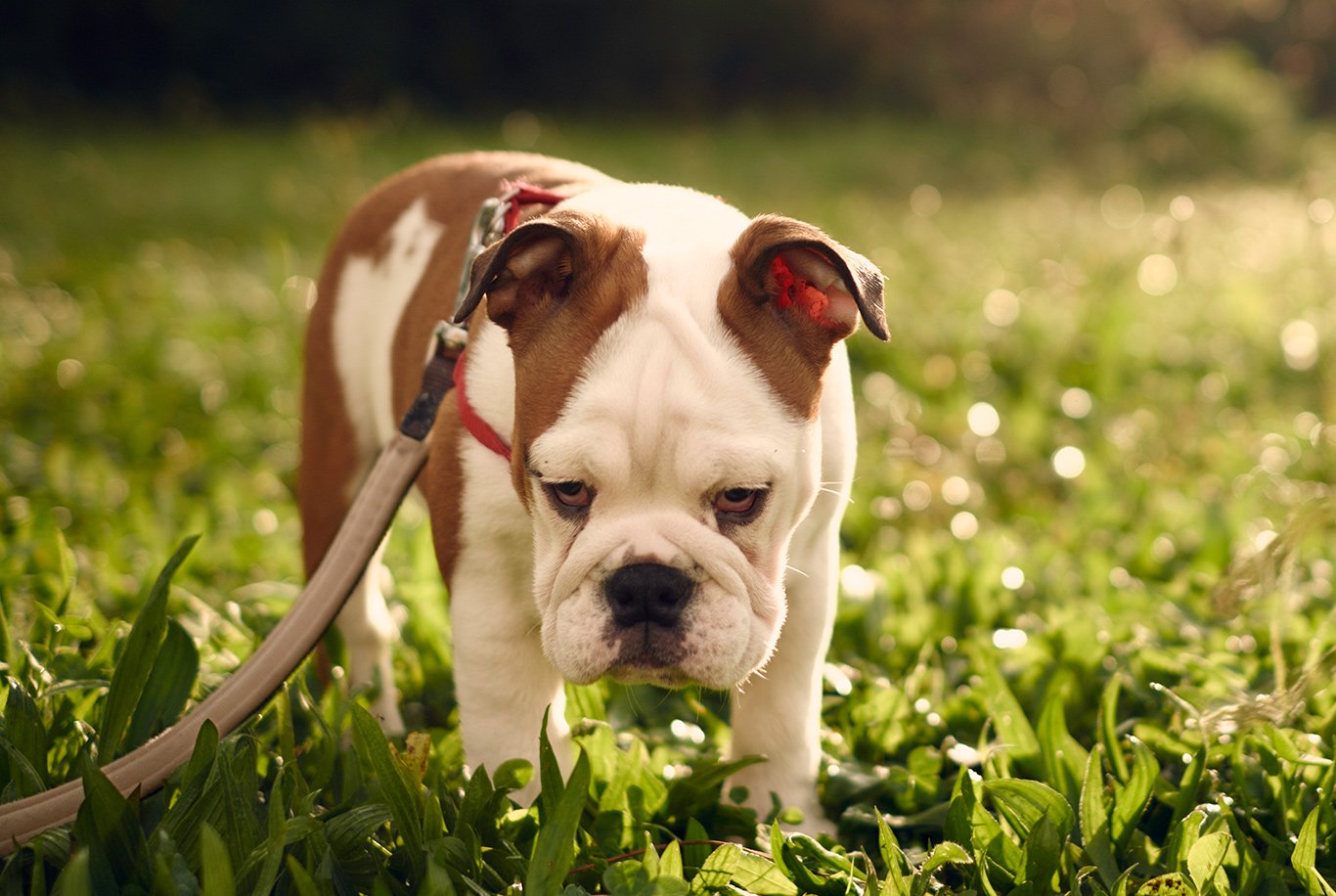
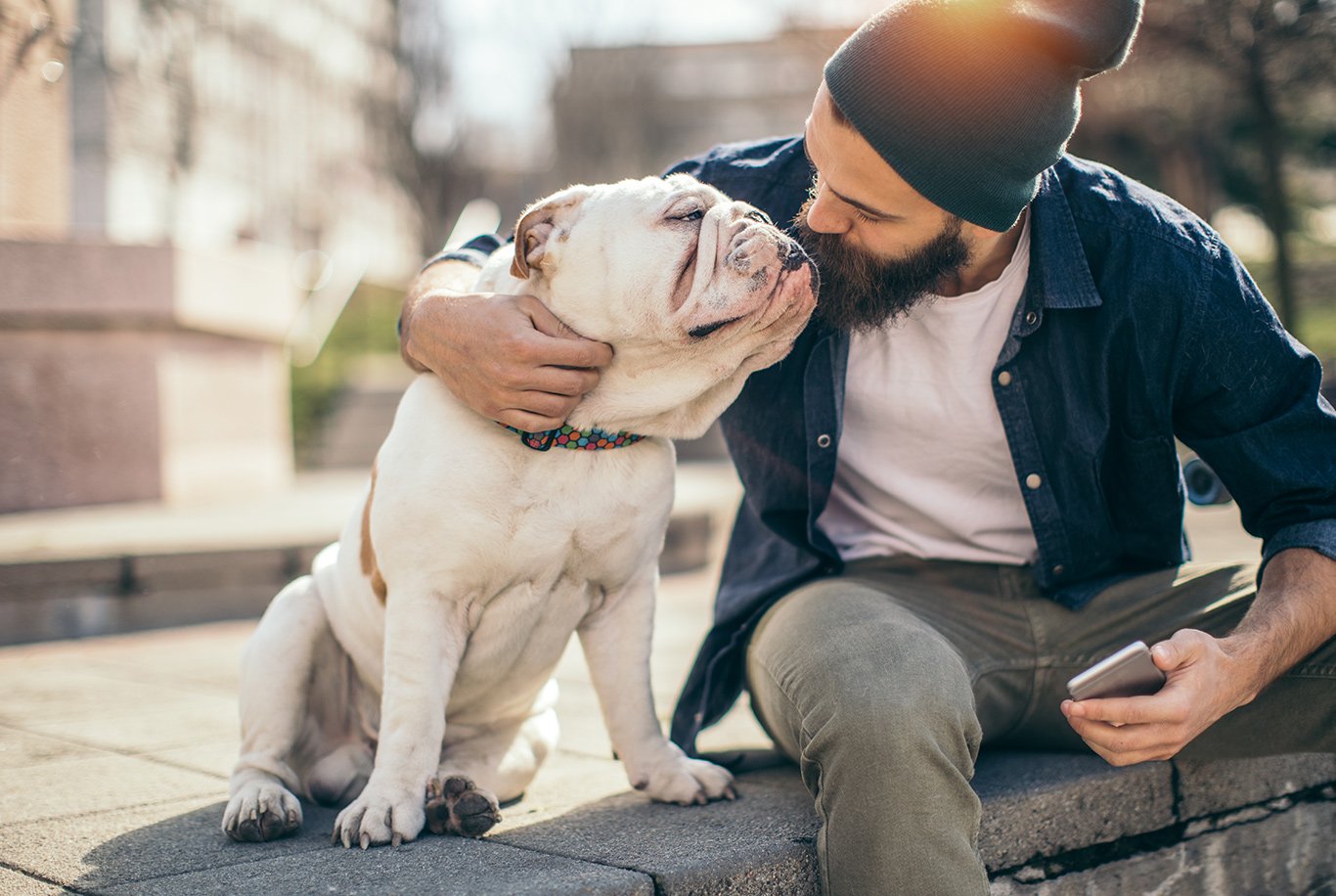
Behaviour
Bulldog’s long history in blood sports required breeders to work on reducing or removing entirely the aggression this breed was known for. Today Bulldogs are kind but courageous with a pacifist demeanour. They are friendly, patient and devoted, but can be a bit stubborn. They make for a great family pet since they tend to get along quite well with children or other pets. Bulldogs love to please their owners and should do well in training. This breed is fond of chewing and playing tug-of-war, so supply your dog with proper toys (Husse Knot Toy can be great for tug-of-war) to quench those desires. Bulldogs should be mostly mellow and they will much appreciate any relaxation they can get with their owner.
Requirements
With their mellow nature Bulldogs can sometimes appear lazy. They do require moderate exercise which will help them stay trim and healthy. With that said, Bulldogs should not be dragged through to strenuous exercises, since their short muzzle makes them prone to respiratory and breathing difficulties. This breed doesn’t do well in extreme temperatures, both hot and cold. During summer they should be kept in moderate temperatures. During extremes of weather, it is recommended to exercise your dog at home in an air-conditioned room. Bulldogs are prone to brachycephalic airway obstructive syndrome which makes them heavy breathers and loud snorers.
Daily care
Regular cleaning is a must for your Bulldog. Skin folds should be examined each day to prevent infections and cleaned at least every other day with gentle soap and thorough drying after. If your Bulldog has a naturally curling tail make sure to check it regularly, clean and apply ointment if needed. Brush your Bulldog 2 to 3 times a week with a soft brush and bathe every 1 to 2 months to maintain healthy skin and coat. Bulldog’s skin folds have to be dried well after bathing to prevent infections since a warm and moist environment promotes yeast growth.
Dr Anna Plummer
Vet and blogger



